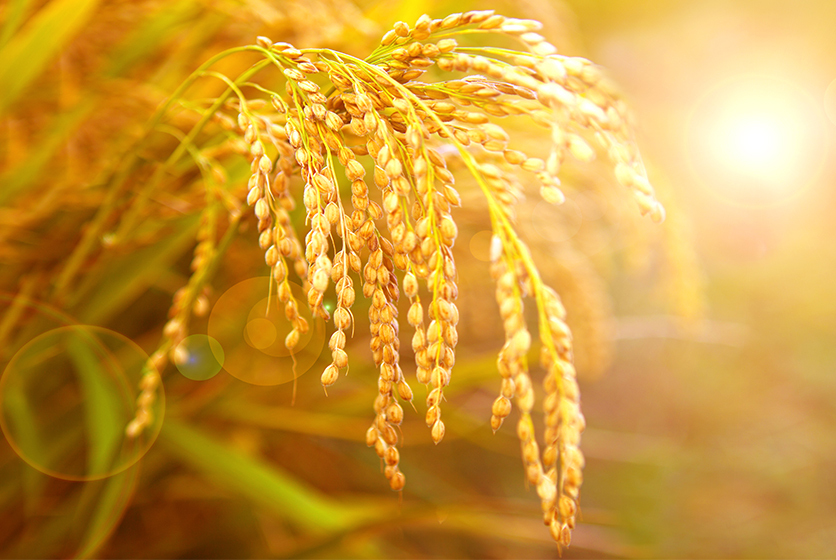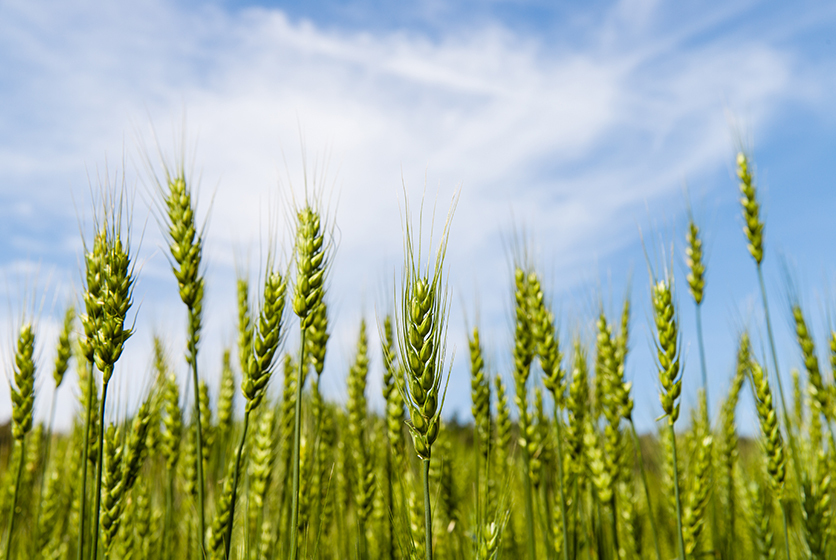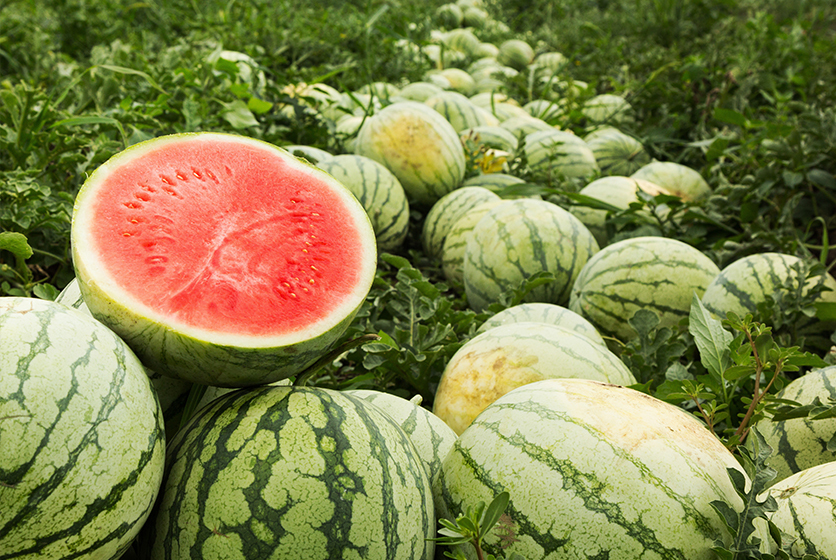Cropping Seasons in India
India ranks second in the world when it comes to arable land. With 394.6 million acres of agricultural land, India grows the following crops; to name a few; in massive quantities:
- Rice
- Wheat
- Cotton
- Sugar cane
- Fruit and vegetables of various kinds
- Maize
Every crop has its own distinct processes of planting, harvesting, and processing. But, broadly speaking, each crop can be differentiated according to cropping season. And in India, there are three main cropping seasons:
- Kharif
- Rabi
- Zaid
Kharif Crops
Interestingly, the word ‘Kharif’ means autumn in Arabic and this best denotes the season for Kharif crops too! Also known as monsoon crops, Kharif crops are sown at the start of the monsoon season and harvested at the end of the same. Typically, this period ranges from May to October, give or take a month or so, depending on the crop.

Maize, rice, sugarcane, cotton, groundnut, and turmeric are a few examples of Kharif crops. They need lots of water and hot conditions to grow well. States such as Tamil Nadu, Kerala, Maharashtra, and Assam are known for Kharif crops. For instance- rice, a Kharif crop, is mostly grown in West Bengal, Punjab, Uttar Pradesh, Andhra Pradesh, and Bihar.
Rabi Crops
Rabi crops are planted around the October or middle of November, well after the rainy season. The crops are harvested in April or May, depending on the type of crop. The word ‘Rabi’ comes from Arabic for spring. They are also known as winter crops.

India grows Rabi crops such as wheat, mustard, barley, peas, chickpea, cumin, fennel, Coriander, and gram to name a few. States such as Jammu & Kashmir, Uttar Pradesh, Punjab, Himachal Pradesh, and Uttarakhand are a few of the states that lead in Rabi crop production. Uttar Pradesh is the largest producer of wheat followed by Haryana and Punjab.
Zaid Crops
Summer belongs to the Zaid crops! They are sometimes known as the ‘filler’ crops between Rabi & Kharif. Typically, the crops are planted in March and harvested in June. This is a short season, but Zaid crops need warm, dry weather, and mature early as well.

Zaid crops also help the farmers make money on produce such as melons of various kinds, pumpkins, and cucumber. These seasonal fruits are mostly grown in the Gangetic belts of India. Fodder crops are examples of Zaid crops too.
It is not just the monsoon that dictates the growth cycle and productivity of Kharif, Rabi & Zaid crops. The timing, quantity, and duration of rainfall impacts the health of the crop and productivity of the fields as well. Soil conditions also impact the crops. If rice and wheat need loamy and clayey soil, then millets and cotton can be grown on alluvial soils.
Finally, prices also affect the income levels of the farmers. The Government of India also announces the minimum support prices (MSP) for all crops. For instance, the MSP of wheat has risen to ₹2,015 per quintal in 2022 from ₹1,400 per quintal in 2013-14.



